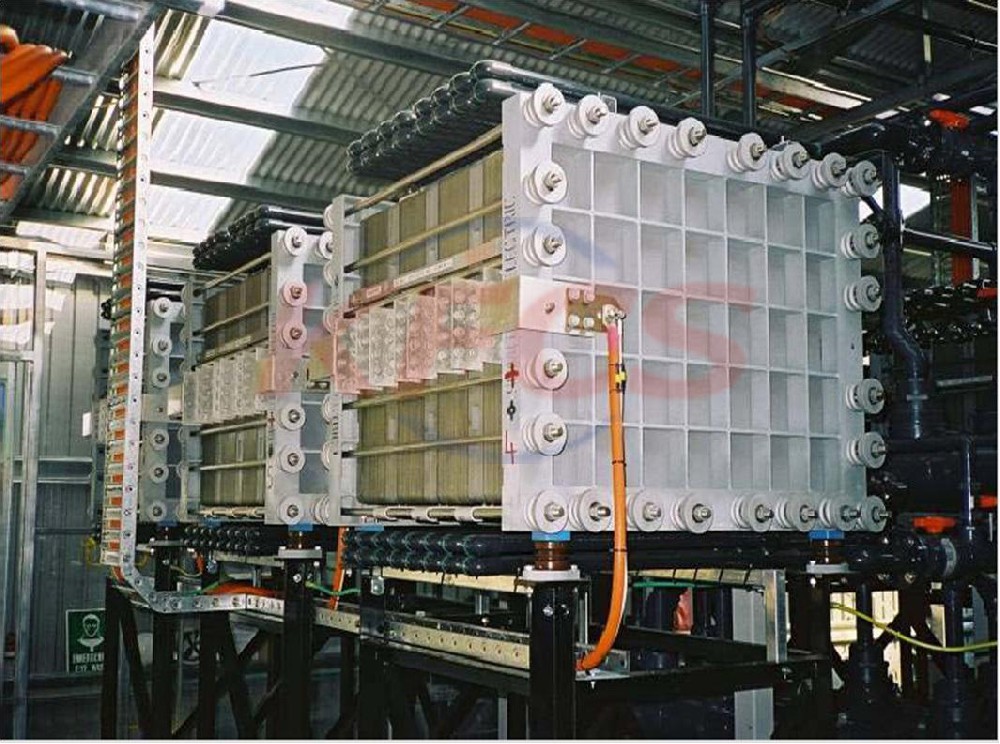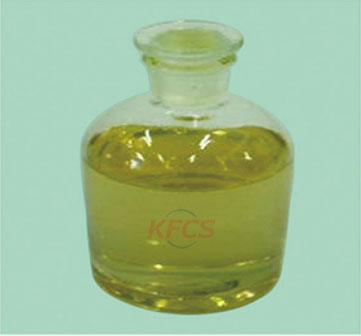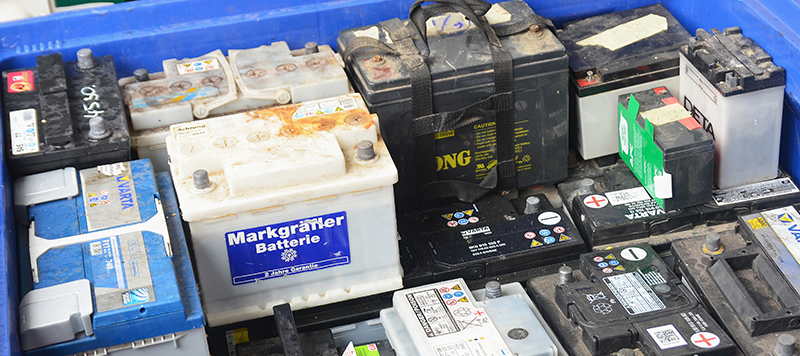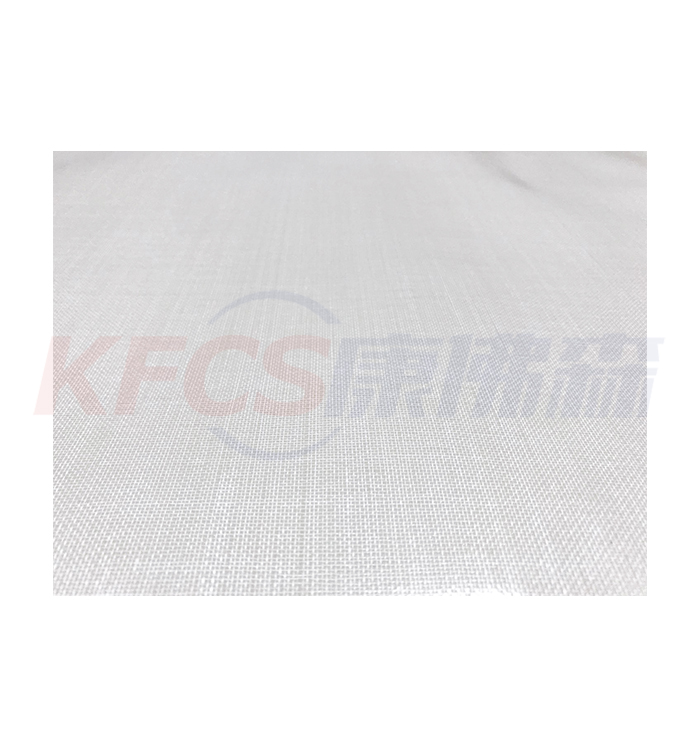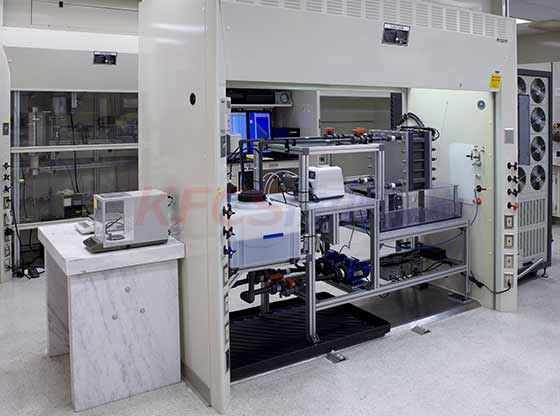Redox flow battery (RFB) is a rechargeable electrochemical device
2022-06-14
Redox flow battery (RFB) is a rechargeable electrochemical device, in which charge storage substances are dissolved in liquid electrolyte and stored in cheap storage tank, and charge discharge cycle is carried out through power conversion reactor, in which they are oxidized and reduced to alternately charge and discharge the battery. In the reactor, the two electrolytes (usually referred to as "positive electrolyte" and "negative electrolyte" according to their respective electrode potentials) are separated by a proton exchange membrane and reduced and oxidized on the surface of the porous electrode. Ions pass through the proton exchange membrane to balance the charge between the two electrolytes, so as to maintain electrical neutrality and ideally block the charge storage material.
Like other energy storage systems, redox flow battery (RFB) requires equipment balance subsystems to support operation, including fluid, thermal and state of charge management systems.
About News
- Megawatt vanadium battery system
- Vanadium could be the next strategic resource
- Advantages of vanadium flow battery compared with other chemical power sources
- How Vanadium Flow Redox Batteries Work?
- All-Vanadium Redox Flow Battery Energy Storage
- Solutions for battery recycling of electric vehicles
- How a Lead Battery Is Recycled?
- Korean liquefied petroleum gas company enters the rapid charging market of all vanadium flow battery
- Large-scale energy storage: vanadium batteries challenge the lithium battery market
- New energy power battery recovery technology
Products


